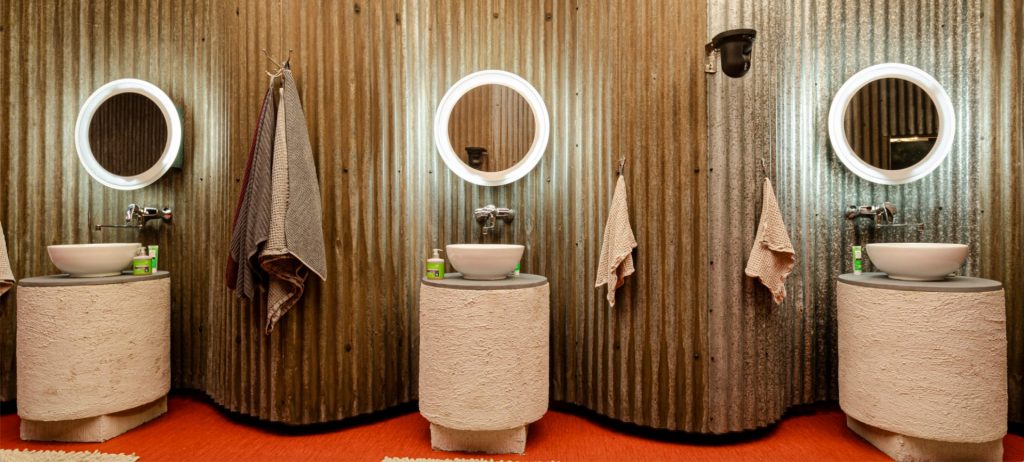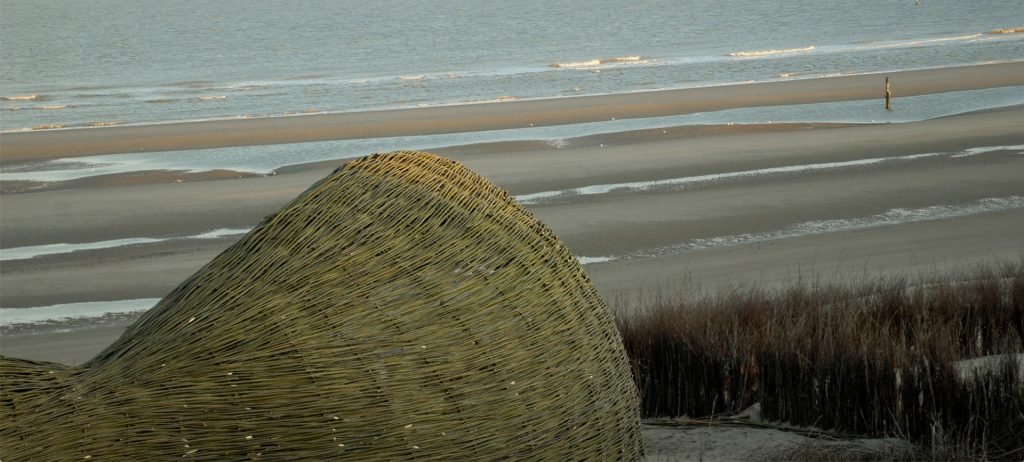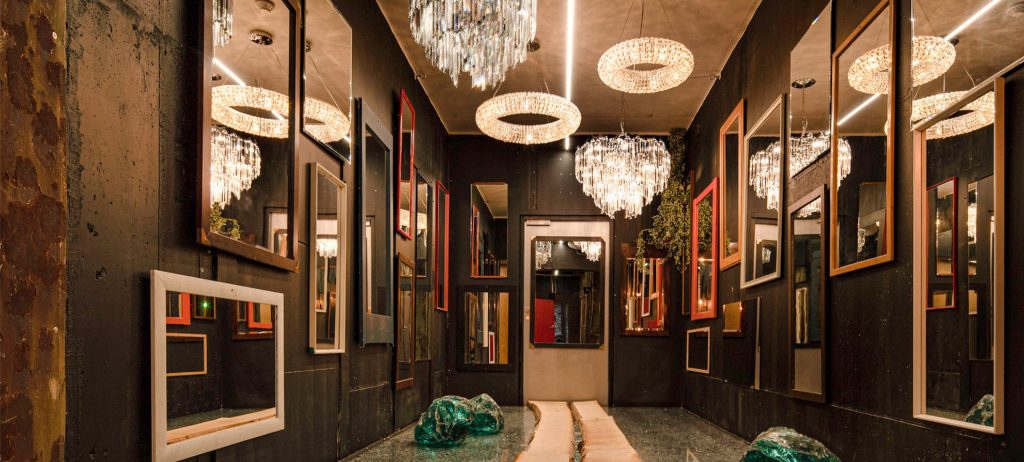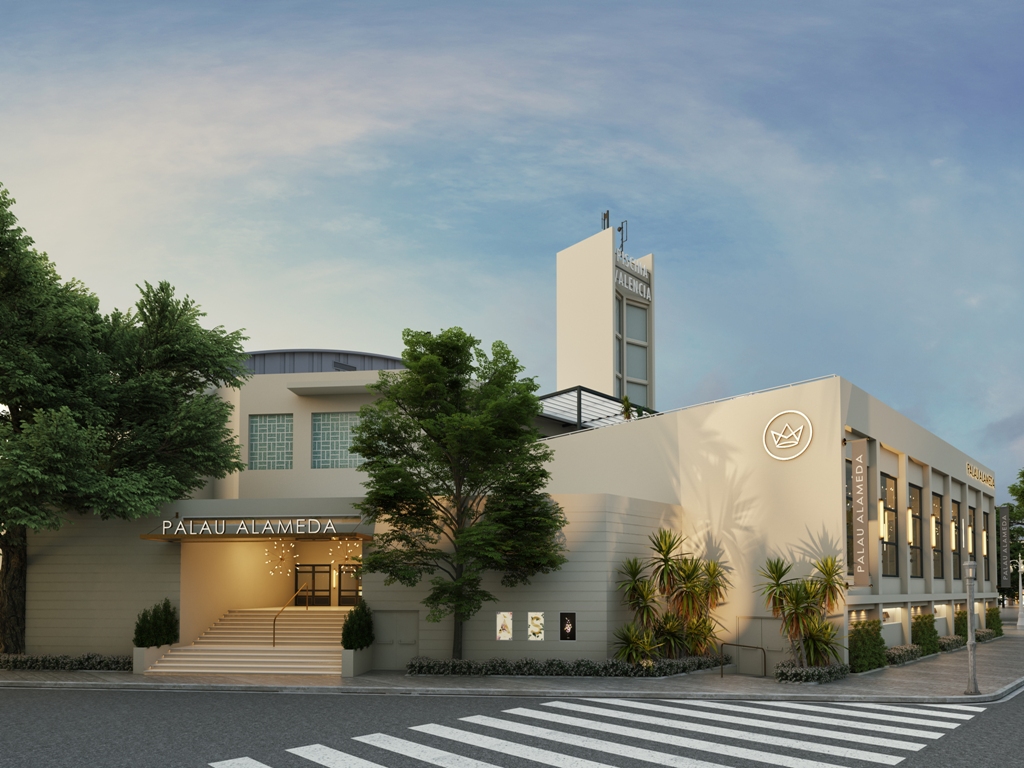Just as Land Art used natural settings as a bridge to design, biophilic architecture is a way to delve into nature from design and build by considering the surrounding context. The influence that biophilic morphology has on those who live or pass through a location is a sign. A sign of the importance it has on human wellbeing—providing positive energy that undoubtedly contributes to a better quality of life.
Here at The Decorative Surfaces we take a look at this type of architecture with Casagrande Laboratory. This is a studio that works in a very particular way. It manages to attain this human connection to nature through a biophilic approach. It enables us to see the need for a bond and connection to our surroundings up-close.
Some of the best examples of drawing nature in through shapes, materials and textures can be found at this architecture studio. Located in Helsinki, it has produced formidable designs where nature irradiates her incandescent energy.
Nature as a mirror of life
Forest Temple, Lithuania (2016) or Sandworm, Wenduine coast, Belgium, are projects led by the talented Marco Casagrande. They represent a complete transformation of what we understand as an architectural project. These types of structures preserve the architecture of environmental and organic art. Yet, the spaces created by Casagrande offer much more than mere environmental awareness. The ephemeral is a nexus from where everything else flows—it is life itself at work. Nature at its purest and truest.
Advancing post-industrial reflection
The sublime presence of organic textures, patterns and colours is another inherent feature of this symbiosis between architecture and nature. In turn, they provide sufficient thermal comfort by optimising spaces through a human approach. At The Big Brother House in Red Shopping Centre (2019), the entire construction serves to establish this bond to its surroundings.

In this sense, the materials used come from waste taken from other building projects including corrugated steel, bars, old sheets for roofing, etc. This creates a space that encourages us to reflect on post-industrialisation. The materials are seen as part of the structure itself, just like in a vegetable garden where grass surrounds or emerges from any opening.
The human-nature confluence
Marco Casagrande provides extraordinary awareness for people in all his designs. By connecting to the ephemeral, unknown and uncertain, sustainability becomes a necessary revolutionary tool for survival in our technological world.
The highest expectations deemed essential to this movement are fully expressed at Potemkin, Kuramata (Japan, 2003). Located on an illegal landfill, the project becomes a post-industrial temple. It is like an Acropolis that is needed to rescue human consciousness in the new century.
The work of Marco Casagrande blurs the lines between architecture, magic and art. By including ritualistic elements, he provides all his structures with the appropriate content for people to understand what lies beyond the tangible.
Beyond the material and spiritual: life itself.



